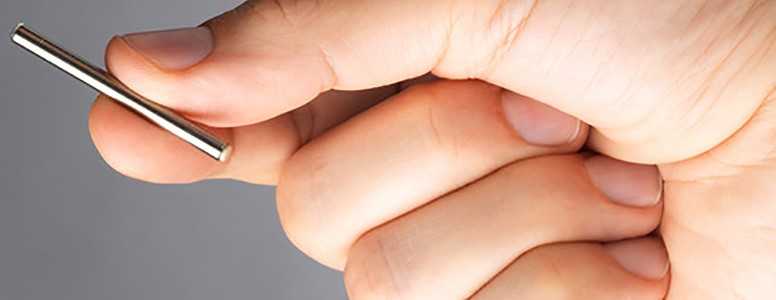A matchstick-sized pump could potentially offer a more convenient and reliable way to administer shots of the diabetes drug GLP-1 receptor agonist (GLP-1).
Currently, GLP-1 tends to take the form of an injection. It is used to treat type 2 diabetes in people who have been unable to lower their blood glucose levels through other forms of treatment, including tablet medications such as metformin. Studies have also linked the use of GLP-1 receptor agonists to weight loss.
The new device, produced by Intarcia Therapeutics Inc., continuously delivers doses of GLP-1. It is hoped that this method of GLP-1 administration will be more effective than injectio, which can be unpleasant.
The device can be implanted for up to a year in people with type 2 diabetes. The implanting procedure should take less than a minute. The GLP-1 pump is often implanted in the stomach area because of the ample skin in that area, but it can also go in the upper arm. Once it has been implanted, the patient doesn’t have to do anything.
Intarcia Inc. hopes to make their product cheaper than those of their competitors. A year of GLP-1 injections costs around $6,000 (£3853), according to the American Diabetes Association.
“I think it’s going to be very quickly taken up, and the cost is reasonable,” said Robert Henry, professor of medicine at the University of California at San Diego, who ran a final-stage trial for Intarcia.
The GLP-1 pump was tested on a group of people with type 2 diabetes. Those who used the matchstick pump in combination with oral blood glucose-lowering drugs over a 39 week period experienced enhanced weight loss and reduced blood glucose levels.
The promising GLP-1 device will need at least a few years to ensure that it is safe, so it might be a while before the product is commercially available.
“We’re not just trying to change the treatment market,” said Kurt Graves, Chief Executive Officer of Intarcia Therapeutics Inc. “At the end of the day, I was to show we can use it, once a year, to prevent and delay the onset of diabetes.”
What's new on the forum? ⭐️
Get our free newsletters
Stay up to date with the latest news, research and breakthroughs.







